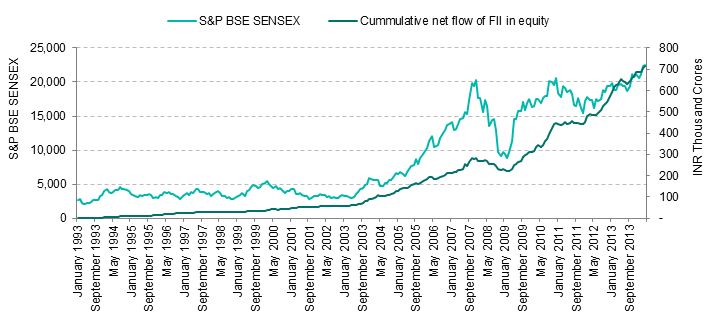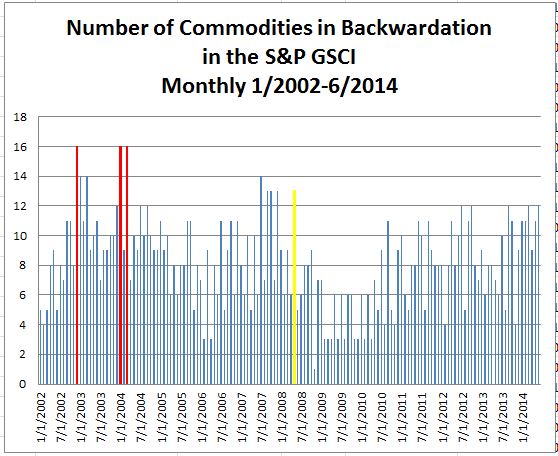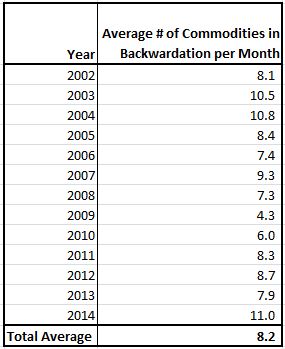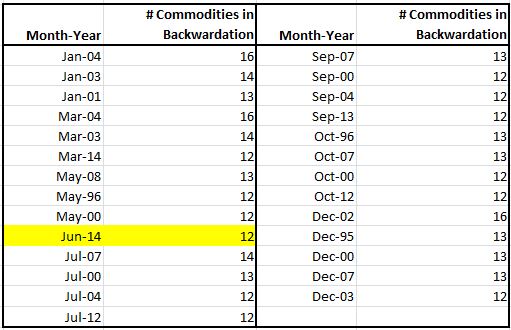No, our crack proofreading team didn’t muff the headline. After several weeks of seemingly unanimous commentary about how investor complacency has resulted in VIX® levels that are “too low,” we want to ask the contrarian question. Rather than being too low, why is the VIX so high?
The question is germane because there has been hardly any volatility in the S&P 500®. Realized volatility has been running at roughly 6%-7% annualized. And although the VIX is a measure of implied, or anticipated, rather than actual, volatility – it still ought somehow to be anchored in realized volatility data.
The VIX is currently much, much higher than realized volatility – at around 11.5 as we write. One interpretation of this is that the market “expects” next month’s volatility to be nearly double what we’ve seen recently. Moreover, the futures market is pricing in an expected gain in the VIX to around 17 by March 2015 — nearly triple the current level of realized volatility. Two questions naturally emerge:
- Does the market really expect a doubling or tripling of volatility? Otherwise said, is the VIX “worried” about something that the equity market hasn’t noticed yet?
- Can I make money from this?
The first question relates to the information that the VIX ultimately conveys. To simplify, suppose two types of events can affect the equity markets: i) day to day economic or company-specific news driving the cut-and-thrust of market flows and ii) extraordinary events – sometimes called tail risks – which might (or might not) be financial in nature (a major earthquake, for example).
Total risk is of course a combination of events of type i) and type ii) and everything in between. It happens to be the case that recent data comprise a steady trickle of the former and none of the latter. But lower risk of the first type does not necessarily imply lower risk of the second type. To use a geological analogy: there were no earthquakes in California last month (i.e. no short-term volatility), but the probability of a major temblor along the San Andreas fault (i.e. a tail event) has not gone down. This is somewhat intuitive: the average institutional investor may be reassured by Yellen’s so-far steady chairmanship or the overall macroeconomic outlook, but the tail risk gods are supremely indifferent.
As a consequence, a high proportion of the risk in equity markets currently is accounted for by the possibility of tail events (a phenomenon manifest in so-called “skew”). In other words, a VIX several points higher than realized volatility is consistent with a market expectation of continuing similar volatility unless something surprising happens. The mere possibility of tail events – invisible in current equity valuations – provides the VIX with a different perspective, evoking Michel de Montaigne:
“My life has been full of terrible misfortunes most of which never happened.”
Turning to opportunity for profit: the key judgement relates to whether the likelihood of an extreme event is overpriced. Selling S&P 500 put and/or call options can realize a profit if volatility proves less than expected, as can taking short positions in either VIX futures or in related exchange-traded products. Indeed, such strategies are popular ways to capture any “premium” to the VIX systematically. However, the risks of such strategies are far from symmetric: if the VIX were to remain roughly where it is for the next month, a short position in the July 2014 VIX future stands to make a 6% return. On the other hand, the occurrence of a tail event could quite conceivably send the VIX towards the top of its historical range. The losses on a short position during such a scenario would then be several multiples of the notional amount invested.
Even when profit is possible, or highly likely, dramatic risks remain. Selling volatility remains a strategy exclusive to the courageous. Perhaps that is one reason why the VIX is so high.
The posts on this blog are opinions, not advice. Please read our Disclaimers.











